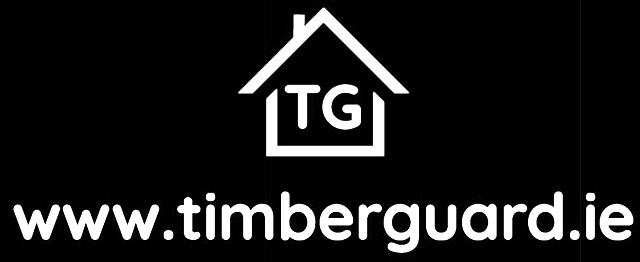How to Check for Active Woodworm
Protecting Your Wooden Treasures
Woodworm infestations are a common nuisance for homeowners, silently wreaking havoc on wooden structures and furniture. To prevent these tiny wood-boring insects from causing extensive damage, it's essential to know how to check for active woodworm. In this article, we'll guide you through the process of identifying and addressing potential woodworm problems in your home.
Understanding Woodworm Activity
Woodworms, typically the larvae of wood-boring beetles, feed on the cellulose within wood, creating tunnels that weaken its structural integrity. Identifying active woodworm infestations is crucial to prevent further damage.
Tools You'll Need:
- Flashlight: A strong, focused beam will help you inspect dark or concealed areas.
- Magnifying Glass: To examine tiny exit holes and fine wood dust more closely.
Steps to Check for Active Woodworm:
- Inspect Wooden Surfaces: Begin your inspection by carefully examining wooden surfaces for small, round exit holes. These holes, usually 1-2mm in diameter, are a telltale sign of woodworm activity. Keep in mind that these holes may vary in size, depending on the type of wood-boring insect involved.
- Look for Frass (Wood Dust): After spotting exit holes, check for frass in the fine powdery wood dust left behind by woodworms. This dust accumulates near the holes or may be found on the floor beneath infested wooden items. Examine the texture of the frass; fresh frass will be dry and powdery, while older frass may be coarser and grainier.
- Inspect Wooden Items: Carefully examine any wooden items, furniture, or structural components that you suspect may be infested. Pay close attention to hidden or hard-to-reach areas like the undersides of furniture and joints.
- Check for Weakened Wood: Gently tap or press on wooden surfaces to check for signs of weakened wood. If the wood feels soft, crumbly, or damaged, it could be a sign of active woodworm infestation.
- Consider the Season: Woodworm activity is more prevalent during the warmer months, particularly in the summer. Keep this in mind when assessing the situation, as you may be more likely to observe adult wood-boring insects emerging from infested wood during this time.
Seeking Professional Help:
If you find signs of active woodworm, it's advisable to consult a professional woodworm treatment specialist. They can assess the extent of the infestation, identify the type of wood-boring insect involved, and recommend an appropriate course of action. Professional treatments are often more effective in eradicating woodworm and preventing future infestations.
Preventing Woodworm Problems:
To prevent woodworm infestations in the first place, consider these proactive measures:
- Keep your home well-ventilated to reduce humidity, which can attract woodworm.
- Store wooden items in a dry, well-ventilated space.
- Apply preventive woodworm treatments to susceptible items or areas.
In conclusion, knowing how to check for active woodworm is an essential skill for any homeowner. Regular inspections can help you identify and address woodworm issues early, protecting your wooden treasures and maintaining the integrity of your home's wooden structures. If you suspect active woodworm activity, don't hesitate to seek professional assistance to ensure effective treatment and long-term protection.
If you suspect a woodworm issue in your home, contact TimberGuard today.
Our team is ready to provide you with expert advice and reliable woodworm treatment services to safeguard your property and its wooden components. Don't let woodworms compromise your home's structural integrity; choose TimberGuard for natural, water-based woodworm treatment in Ireland.

